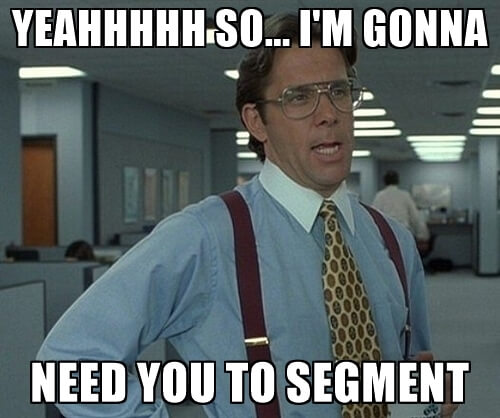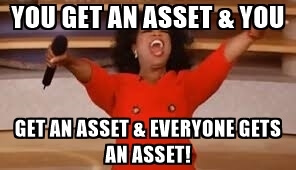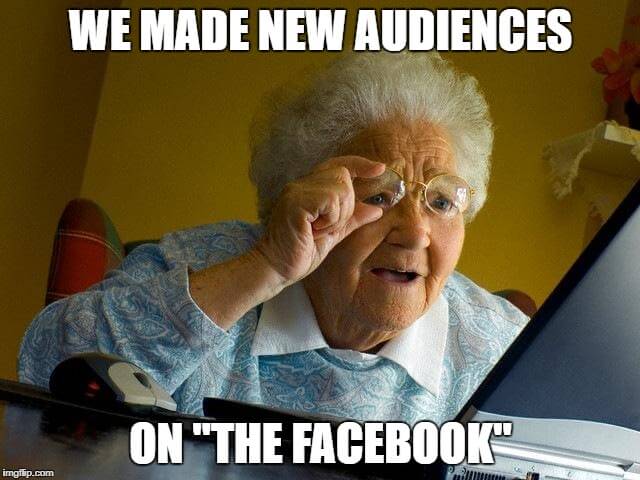It’s so easy to just slap up an All Site Visitors campaign on Facebook and call it good.
It happens all the time. I’ll even admit that I’ve done this. It makes sense. It’s one of the easiest campaigns to make. Just make a custom audience, target those website visitors, pick 90 days, name it, pull it into an ad set with other targeting, and you’re done.
5 minutes tops. BOOM, check it off. You’re done!
In a way, you’re right. Targeting site visitors within a specific time period is a great way to ensure you are reaching relevant people.
However, I challenge you to think beyond just targeting All Site Visitors.
 How can you segment these audiences to get more leads at a lower cost? How can you make sure you are reaching people at the right stage in the funnel with the right content?
How can you segment these audiences to get more leads at a lower cost? How can you make sure you are reaching people at the right stage in the funnel with the right content?
Here’s the answer.
Segment Your Facebook Retargeting Audiences
Disclaimer: This may be difficult for smaller audiences. Therefore, I recommend this strategy for larger more developed companies. Ones with a decent amount of site traffic.
Instead of blindly targeting All Site Visitors, you should be segmenting your audiences. Especially if you are targeting without knowing where they are in the funnel or if they have already downloaded the asset you are trying to advertise.  For instance, if someone has already downloaded “Top of Funnel Asset A”, you know that they have already had at least one touch point with your company and with that asset. Therefore, you might want to serve them “Middle of the Funnel Asset C” or perhaps “Top of Funnel Asset B” to potentially accelerate that lead.
For instance, if someone has already downloaded “Top of Funnel Asset A”, you know that they have already had at least one touch point with your company and with that asset. Therefore, you might want to serve them “Middle of the Funnel Asset C” or perhaps “Top of Funnel Asset B” to potentially accelerate that lead.
Perhaps instead of serving your converters another asset, you instead serve them an ungated blog post. You already have their information in your MA or CRM system, so why not?

Segmenting your retargeting audiences allows you to get more granular with what assets you are serving to what people. Based on previous actions, stage in the funnel, and projected interests.
But where to start?
Retargeting Segmentation
At Obility we have been segmenting retargeting audiences for a while. Mostly by taking the all site visitors audience and segmenting by time (7 days, 14 days, 30 days, 60 days, 90 days, 180 days, etc.). However, recently we started testing Converters and Non-Converters vs. All Site Visitors Retargeting campaigns. Then found out something wonderful.

We built out ad sets for each specific asset we were leveraging in our remarketing. We then made the audience in each asset either target converters or non-converters.
The converters audiences were targeting not only converters of that asset, but converters of other assets. The non-converters targeting people who viewed our whitepaper pages but did not convert on any.
We then ran our segmented audiences for a month. Then compared the old Retargeting All Site Visitors audience against the new Converters and Non-Converters Retargeting audiences.
The Results
The results were astounding. So astounding that I even wrote a case study about it… (Explosions, cheers, air horns etc.). Not only did we see our Cost Per Lead decrease by 63% MoM, but we saw our average CTR in Retargeting increase from 0.73% to 3.42%, an increase of 368% MoM. We also saw our Retargeting Converters audience achieve a Cost/Conversion of $9.36!
Not only did we see our Cost Per Lead decrease by 63% MoM, but we saw our average CTR in Retargeting increase from 0.73% to 3.42%, an increase of 368% MoM. We also saw our Retargeting Converters audience achieve a Cost/Conversion of $9.36!
We also found out some very interesting things.
At first glance the Conversion rate seems to have gone down. However, if you look at the data broken out between converters and non-converters a story unfolds.
We see that people who have previously downloaded an asset, are more likely to do so in the future. Like wayyy more likely.

46.6% more likely to be exact. Seems pretty straight forward right? But when you see that number you gain some powerful knowledge. We also learn that the CTR and the CVR are much lower than converters and the CPL is much higher.
Think of what you can do with that knowledge. You could choose to send converters to ungated blogs or send them mid-funnel offers.
You could develop a full funnel strategy and choose to market different things at different points in the buyers cycle.
What does that tell us about our Non-Converters audience? Mainly that we need to get these people to convert (well, duh Kendra). No but really, do anything to get them to convert, because once we do, it’s alllll grraavyyy.
Final Thoughts
If you’re Retargeting All Site Visitors, or not currently running Retargeting at all on Facebook, I’d recommend segmenting out your audiences. It makes sense to allocate not only budget differently but also assets differently for converters and non-converters.
For more ideas about how to optimize your Facebook & LinkedIn marketing, check out:
